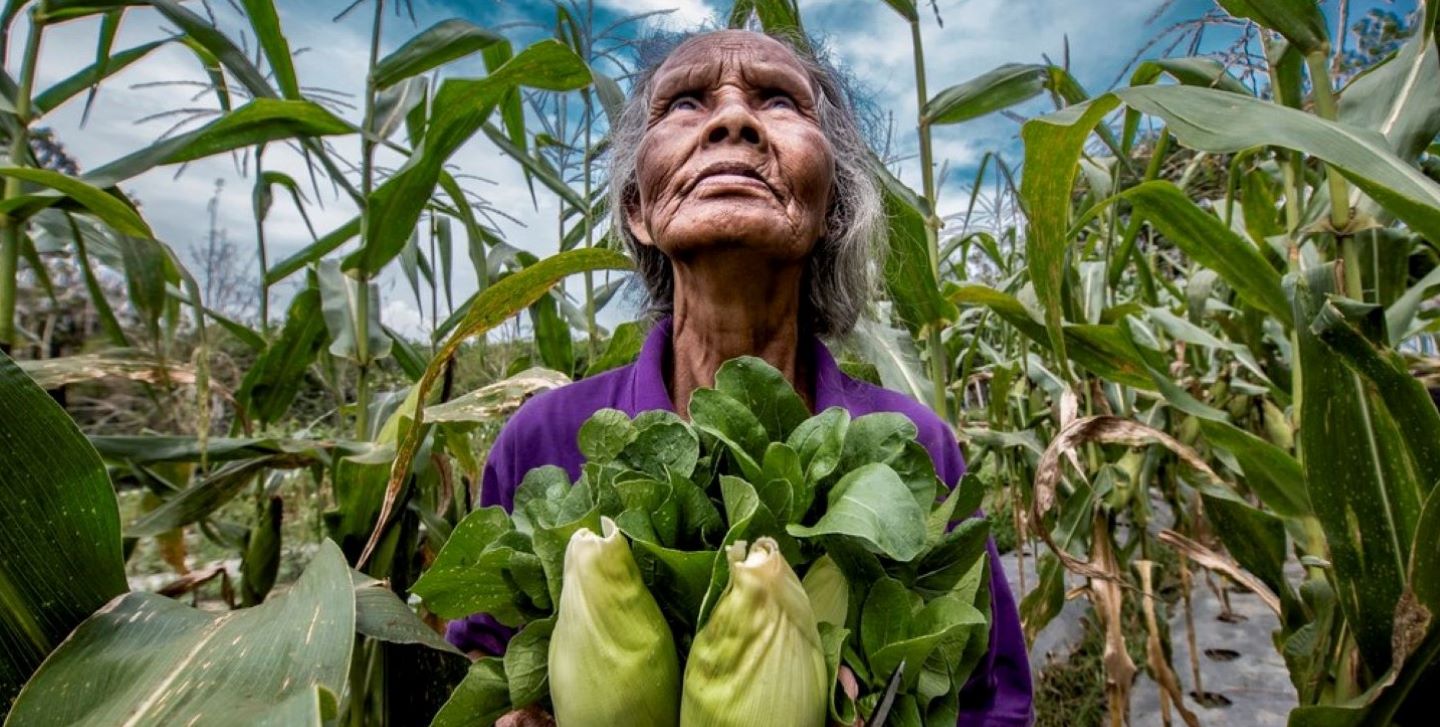Rural people in crisis: The latest news from IFAD
IFAD Asset Request Portlet
Asset Publisher
Rural people in crisis: The latest news from IFAD
Estimated reading time: 4 minutes
Rural communities across the world are up against a myriad of challenges.
From Latin America, across Africa and the Middle East, all the way to the Pacific Islands – poor rural communities and small rural producers are up against a mammoth combination of crisis factors, including the effects of the ongoing war in Ukraine, a lingering pandemic, climate change, inflation and financial, social or political fragility.
The costs of food, fertilizer and fuel have surged dramatically against a backdrop of converging crises, including conflict and displacement.
As part of IFAD's ongoing efforts to build rural people's resilience to shocks, the Crisis Response Initiative was set up to meet increased needs of vulnerable communities, protect the livelihoods of small-scale producers and preserve development gains.
While initial reports show that IFAD’s portfolio is proving resilient against these crises, a growing number of IFAD-funded projects are facing disruptions in procurement and increased delivery costs, meaning some projects and budgets must be revisited.Here are selected highlights on the crisis from our teams in the field.
November 2022
Latin America and the Caribbean
- Higher fertilizer prices are prompting some IFAD project participants to reduce the use of synthetic fertilizers or to switch to organic fertilizers.
West and Central Africa
- Cote d’Ivoire reintroduced a price control for rice, sugar, concentrated tomato, milk, pasta, refined palm oil and beef.
- Agriculture has also been negatively affected by climatic factors, with significant declines in the cropping seasons in Niger, Mali and Burkina Faso.
East and Southern Africa
- In Ethiopia, where foreign exchange reserves have come under additional pressure from multiple crises, the government has launched a nationwide wheat planting campaign to increase domestic production, with the aim of buffering the impact of higher cost for imported wheat.
Near East, North Africa and Central Europe
- Conflict is increasing inflation across the region and slowing post-pandemic economic recovery, including investments in agriculture.
Asia and the Pacific
- In Sri Lanka, IFAD-supported tea and rubber smallholders have been greatly affected by a lack of access to fertilizer, which has irreparably stunted tree growth.
- In Bhutan, higher costs for inputs means some farmers are producing for household consumption rather than for the market. Labour costs have also risen, creating a problem for small-scale farmers who rely on hired labour. Meanwhile, daily wage earners report that some larger employers are defaulting on payments.
October 2022
Latin America and the Caribbean
- High food and fuel prices have sparked an uptick in social unrest across several countries in Latin America and the Caribbean, while IFAD target groups have been hit hardest by an increase in fertilizer prices.
- A slight decrease in food prices since July in Brazil, Ecuador and Paraguay has done little to ease the lingering food insecurity for rural communities.
West and Central Africa
- From protests against rising food and fuel prices in Sierra Leone to Chad declaring a food emergency, the West and Central Africa region is experiencing a period of major instability that is likely to worsen as the number of countries in high debt and debt distress increases.
East and Southern Africa
- Remote farming communities in the region are bracing themselves for high prices for inputs and fuel as they near the new season in October.
Near East, North Africa and Central Europe
- Years of insecurity in Lebanon and Tunisia have been exacerbated by the fall in basic food commodities and the loss in purchasing power.
- Limited access to staples including wheat, sugar, coffee, and milk is affecting in particular those in remote areas.
Asia and the Pacific
- In Afghanistan, a small glimmer of hope, after the release of some grains from Ukraine and a good wheat harvest. This, say experts on the ground, could ease some of the pressure on rural livelihoods and food security – but the situation remains deeply fragile.
- In Sri Lanka, where rural communities were already reeling from an internal economic crisis, the spike in fertilizers and fuel cost and the devaluation of the local currency has further exacerbated a volatile situation.
- Almost 2,000 people died in the floods that hit Pakistan over the summer. In addition to human loss, the floods also damaged the country’s food supply, leading to a greater need for imports of wheat, seed and fertilizer.
IFAD’s global food crisis update illustrates the extent to which conflict in one region can impact the rest of the world, and in particular, communities that live below the poverty line or in remote areas – or both.
With Ukraine and Russia being major global suppliers of wheat, gas, fertilizers and other commodities, food insecurity will continue to be a problem that weighs heavily on local governments and citizens.
Publication date: 19 December 2022